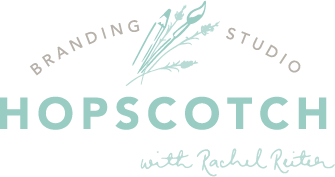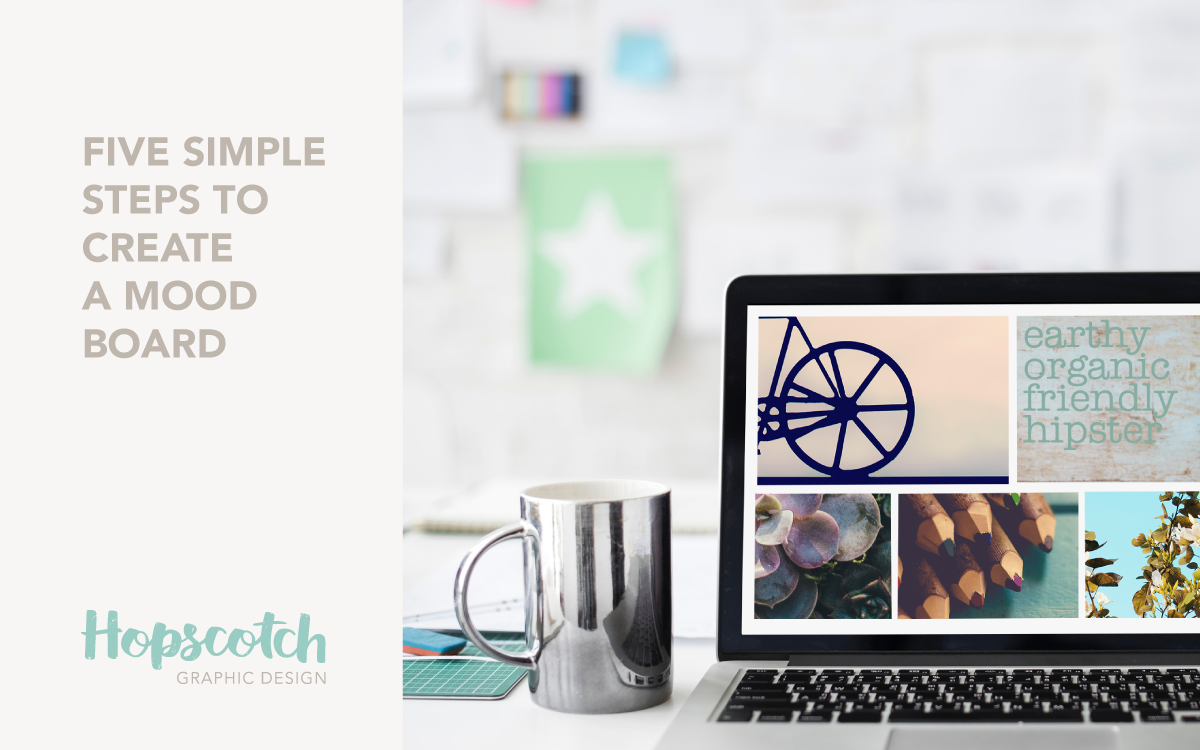Do you actually need a mood board for your brand? I get asked this question quite frequently! The answer is yes… and no… but maybe. It really depends on your understanding and/or definition of a mood board! Mood boards can be used in many different ways, for many different things. That’s a bit elusive isn’t it? So let’s just focus on visual branding, because that’s my jam and that’s why you’re here! I’m going to give you a simple method to create a mood board for your brand.
When it comes to visual branding, your designer should guide you through the steps of extracting the feelings, emotions and visual elements that will culminate to form the essence of your brand. A mood board is something you can create prior to working with your designer that will help piece all of your visual ideas together and generate a reference of your design preferences. Don’t forget, we designer-types are highly visual beings. Whilst we can form an idea in our mind’s eye from words and conversations, the strongest way to communicate with us is visually.
A mood board can be used as a visual stepping stone to creating a visual brand that aligns with your philosophies and attracts your ideal client. Whilst it isn’t essential, it is super helpful to collate ideas drawn from different sources of inspiration, that will end up being the foundation of your brand vibe.
If you’re finding it overwhelming to think of all the things that can be included in a mood board, let me help you break it down. Concentrate on one thing at a time. If you happen to see something that appeals to you when you’re out and about, take a snap of it!
Other places to poke around are:
- Google images
- Stock photography websites (see some suggestions here)
- Other brands with a similar vibe to yours
So now you know why a mood board is beneficial and where to start your research, here’s my five easy steps to creating a mood board:
-
Mood/vibe
Brainstorm words that you strongly associate with your brand, or you want your audience to associate with your brand. These can be used to guide your search for visual inspiration.
-
Colours
Think about colours that will appeal to your audience, rather than colours that appeal to you personally.
-
Fonts
Do you prefer script over handwritten? Would a contemporary sans serif font suit your brand, or perhaps a more traditional serif?
-
Patterns/textures
Patterns, geometric shapes, textures and variations can add depth and interest. Bring your mood board to life with curved shapes, sharp lines or subtle waves.
-
Images
Images are incredibly useful to set the tone of your brand, tell your brand story and act as a visual cue to your target audience. Read more about core branding images here.
Once you’ve collected your visual references and pieced them together, you pretty much have yourself a mood board! It doesn’t have to be fancy! It can be created in Pinterest, Canva, Adobe Spark, or even just physical clippings and print outs pinned to a cork board. Allow yourself to relax and don’t put too much pressure on the idea of a mood board. It is simply a visual tool to help collate ideas and give direction to the visual vibe of your brand. However, it is this direction that provides the consistency that is so very important when communicating your brand to the world. So, if how your brand is received or perceived is important to you, why not give yourself every chance to succeed and build yourself a mood board?
Looking for more brand-related tips and goodness? Signup to my newsletter (below). Keep your eyes peeled for a very special package being launched soon. I’ll give you a little hint… it includes a mood board!
Chat to you soon!
Yours in caffeination,
Rachel
Brand stylist / graphic designer / illustrator

